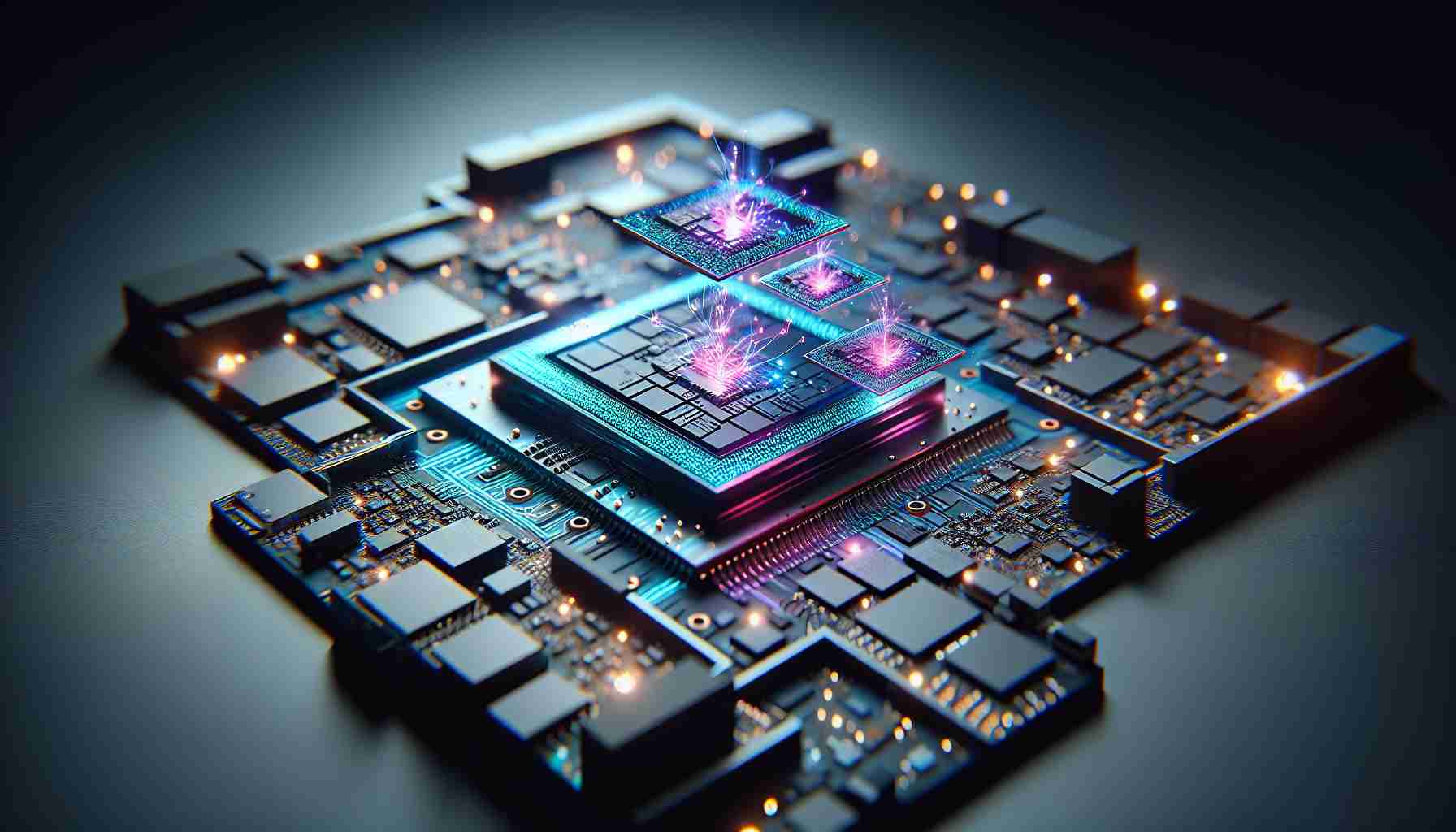Qualcomm is gearing up to unveil its latest flagship chipset, the Snapdragon 8 Gen 4, set to power top-of-the-line smartphone models in the near future. While promising significant technological advancements, the innovations are likely to have a notable impact on the final pricing of these devices.
Rumors suggest that the Snapdragon 8 Gen 4 will bring a host of innovations setting it apart from previous generations of Qualcomm’s flagship chips. Foremost among the upgrades is the inclusion of silicon batteries in smartphones powered by this SoC. This technology enables increased battery capacity without a growth in device dimensions.
Moreover, experts claim that premium device models will benefit from lightning-fast support for LPDDR5T memory with a bandwidth of up to 9600 MB/s. Although this standard is not yet widely utilized in mainstream smartphones, it is already available in select premium solutions.
Insider sources reveal that integrating silicon batteries and LPDDR5T memory into the Snapdragon 8 Gen 4 represents a significant leap forward, albeit at a cost. Qualcomm’s CEO hinted that the new chipset will be pricier than its predecessor, the Snapdragon 8 Gen 3.
Consequently, smartphone manufacturers opting for the Snapdragon 8 Gen 4 as the “heart” of their flagships will be compelled to set higher retail prices for their products. However, not all devices will likely receive the most cutting-edge technologies to maintain accessibility within their respective price segments.
Revolutionary Smartphone Chipset: Silicon Batteries and Lightning-Fast Memory Support Unveiled
As Qualcomm gears up to introduce the Snapdragon 8 Gen 4 chipset, packed with innovative features, a series of questions and challenges arise on the road to technological advancements and consumer adoption.
What are the features that differentiate the Snapdragon 8 Gen 4 from its predecessors?
In addition to the introduction of silicon batteries for enhanced battery capacity without compromising device size, the chipset will also support lightning-fast LPDDR5T memory, boasting a bandwidth of up to 9600 MB/s. These cutting-edge advancements promise superior performance and efficiency for future smartphones.
Are there any key challenges associated with the integration of silicon batteries and high-speed memory support?
One major concern revolves around the potential increase in the final pricing of smartphones housing the Snapdragon 8 Gen 4 chipset. Given the advanced technologies embedded within the chipset, manufacturers may face difficulties in balancing cost and market competitiveness. Additionally, the adoption of new technologies may pose compatibility issues with existing smartphone components.
What are the advantages of silicon batteries and lightning-fast memory support in smartphones?
The silicon batteries promise increased battery capacity, offering users extended usage time without compromising on device dimensions. On the other hand, the lightning-fast LPDDR5T memory support ensures seamless multitasking, faster data transfer, and enhanced overall performance, providing a superior user experience.
What are the disadvantages of these cutting-edge technologies?
While the integration of silicon batteries and high-speed memory support brings numerous benefits, it also poses challenges such as higher production costs, potential compatibility issues with existing hardware, and increased retail prices for consumers. Balancing these disadvantages with the advantages will be crucial for ensuring the successful adoption of the Snapdragon 8 Gen 4 chipset.
For further insights into Qualcomm’s latest chipset innovations and the impact on the smartphone industry, visit Qualcomm’s official website for the most up-to-date information on technological advancements and product releases.
